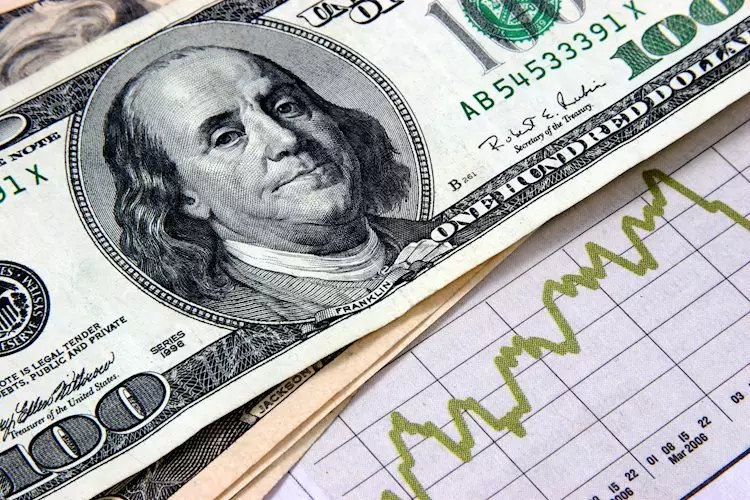The US inflation, as measured by the PCE Price Index, remained unchanged at 2.5% year-over-year in July. This news has caused mixed reactions in the market, with some investors seeing it as a sign of stability, while others view it as a potential hindrance to future economic growth. The strength of the US economy has been supporting the US Dollar, leading to gains in the currency. However, the steady inflation rate could lead the Federal Reserve to consider rate cuts in the near future.
Despite the stable inflation rate, the labor market remains a key focus for the Federal Reserve in its decision-making process for September. The incoming labor market data will play a crucial role in determining the pace and extent of any potential rate cuts. The CME FedWatch tool currently shows a near 30% probability of a 50-basis-point rate cut in the upcoming month, though this figure has slightly declined.
Technical Analysis and Dollar Index Outlook
From a technical analysis standpoint, there are indications of a potential recovery for the US Dollar Index. The Relative Strength Index (RSI) is showing an upward trend, while the Moving Average Convergence Divergence (MACD) is printing lower red bars. If the Dollar Index manages to remain above the 101.00 level, it could trigger a rally towards the 20-day Simple Moving Average at 102.00. Despite the positive signs, the overall outlook for the Dollar Index is still negative. However, a recovery of the mentioned SMA level could potentially change the current market sentiment.
The US Dollar is the official currency of the United States and plays a significant role in global financial markets. The value of the US Dollar is greatly influenced by monetary policy decisions made by the Federal Reserve. The Fed aims to achieve price stability and foster full employment through its policies, primarily by adjusting interest rates. When inflation exceeds the 2% target or unemployment rates are high, the Fed may lower interest rates to stimulate economic growth. Conversely, if inflation is above target, the Fed will raise rates to control rising prices, a move that can strengthen the value of the US Dollar.
Quantitative Easing and Dollar Value
In times of economic crisis, such as the Great Financial Crisis in 2008, the Federal Reserve may resort to unconventional policies like quantitative easing (QE) to boost the economy. QE involves the Fed purchasing government bonds from financial institutions, effectively increasing the money supply in the financial system. This typically leads to a weaker US Dollar as the increased supply of money can devalue the currency. On the other hand, quantitative tightening (QT) is the reverse process, where the Fed reduces its bond holdings, which can have a positive impact on the US Dollar.
The US inflation rate holding steady at 2.5% year-over-year in July has implications for the US Dollar Index and future monetary policy decisions by the Federal Reserve. While the labor market remains a focal point for the Fed, technical analysis suggests a potential recovery for the Dollar Index. The value of the US Dollar is heavily influenced by monetary policy measures, with decisions like QE and QT playing a significant role in shaping the currency’s value in global markets. Investors will continue to monitor economic data and Fed announcements for clues about the future direction of the US Dollar Index.

